The Sibelius question: Oramo, or Vänskä?
mainThe composer Christopher Gunning, a passionate Sibelian, has been on pilgrimage this summer to the composer’s home and listened to performances of his symphonies by two eminent and very different interpreters. So which has more of the answers? Read his report and reviews for Slipped Disc.
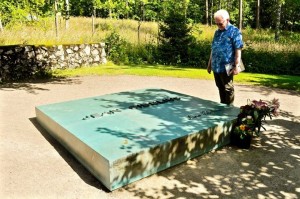
Have you been to Finland? No? Neither had I until a couple of weeks ago, when my son-in-law, a fine horn player, was taking part in performances of Sibelius with the Chamber Orchestra of Europe under Sakari Oramo. These were part of the Turku Music Festival, and the concerts featured the 3rd, 4th, 5th, 6th and 7th symphonies.
Turku is a coastal town with a pretty river running through, and anyone would like it; it’s full of lively cafés and restaurants serving food ranging from McDonalds to distinctly classy; most buildings are low, some characterfully ancient and some rather Germanic and quite new. The city is neither large nor small, is clean and tidy, and is rather quiet and safe. The Chamber Orchestra of Europe is large by chamber ensemble standards, but nevertheless has only roughly half the number of string players found in a normal symphony orchestra. The late Sibelius specialist, Paavo Berglund, recorded the symphonies with this orchestra, reportedly to gain extra clarity, and the legend lives on; Oramo is well aware of Bergland’s work and has obvious respect for it. So how did the symphonies come over in Turku’s acoustically fine hall?
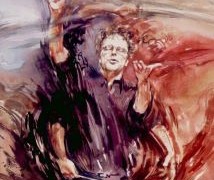
The first thing to say is that at no time did I feel a lack of strength or grandeur; In the 5th and 7th did one wish for more body from the strings? No! All sorts of details came shining through that even I, who has been listening to these works on and off for almost 50 years, had not previously been conscious of. The woodwind playing was consistently delightful – lovely sensitive sounds – and the brass magisterial or quietly threatening by turns. Not an original thought this, but Sibelius’s orchestration really is truly extraordinary isn’t it? The wide compass of the horn parts, the frequently low register of the 2nd clarinet, and 101 other details strike me as totally original. There isn’t another composer who sounds remotely like Sibelius, and it’s not just a matter simply of his characteristic forms, personal motifs, or that unique orchestration – it’s all three and an awful lot of sheer passion too.
Oramo understands this music completely; the orchestra loves him, listens attentively to all his comments in rehearsal, and everyone plays angelically. I came away from the seventh feeling shattered; all the symphonies, every single one, has its very own narrative, but it’s the seventh that never fails to reduce me to blabbering wreck status.
The next day we drove for a couple of hours to Ainola; when in Finland you have to go there! This is where Sibelius lived from 1904 until his death in 1957. He and Aino, his wife, lived in a fine wooden house in the country, where lakes and forests abound, and when you visit you will see the rooms downstairs full of books and paintings, the whole place still haunted by the great man. You will be told that he didn’t use a piano; the music was all in his head.
Believe that if you will, but there are also stories of him pounding away at the piano, and we know that composing was by no means easy for Sibelius – just look at his various attempts to finalise the 5th symphony or the Violin Concerto. We know that he would walk for hours in the forest, or sit in the garden absorbing the sounds of nature, and we also know that for years he composed in an upstairs room (where visitors are not allowed at the moment) so this gives some credence for his not using a piano, but he was also a good pianist and his neglected piano pieces are certainly very pianistic.
Why did he stop composing for the last thirty years of his life, and why did the much-vaunted 8th Symphony never appear? There are no answers at Ainola. Perhaps he was simply worn out with the stresses of composing, or depressed that he was no longer the enfant terrible, Arnold Schoenberg having become the rage among contemporary music fanatics. We will never know, but we have learned that he burned a significant pile of manuscripts and was reportedly a happier man once the flames had consumed any sketches there may have been.
While at Ainola you will visit Sibelius’s and Aino’s tomb, a blue slab with simple lettering, and I defy anyone not to be moved by it. The music, so alive and so much loved, rings in your ears as you stand staring at the slab, then your eyes wander to the all-important sauna designed by Aino, the house, and her garden, full of apple trees and gooseberry bushes heavy with red fruits. You half expect the Sibelius couple, their daughters behind, to appear through the trees.
Back home again, and a visit to the Proms for the 5th, 6th, and 7th symphonies, this time with the BBC Symphony Orchestra conducted by another Sibelian, Osmo Vänskä, who has been responsible for extensive recordings of Sibelius and also some earlier versions of the works we know and love – the 5th and Violin Concertos being of special interest. I was a little nervous – could this concert possibly match the experiences I’d had in Turku?
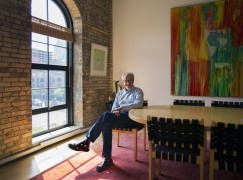
I need not have worried. Vänskä is also steeped in the Berglund tradition, so there was a similar concern for taut drama as well as loving attention to detail. In the cavernous Royal Albert Hall, it was possible to achieve even greater dynamics, and in that mysterious passage in the first movement of the 5th, you could barely hear the chilly string tremelos reminding us of the winter winds whispering in the trees. Elsewhere there was no shortage of passion from the strings, or totally idiomatic work from the wind and brass. The 6th was beautifully paced with its autumnal textures never quite breaking into forthright drama.
Then the 7th worked its magic all over again, and I was transported back to Ainola, that quiet house nestling in the forest, and that stubborn giant of a man creating those monumental works that I, for one, can never tire of.

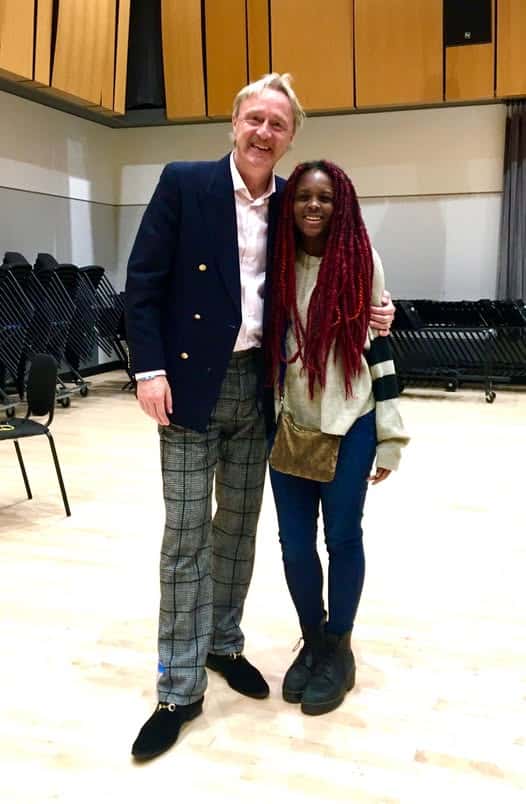
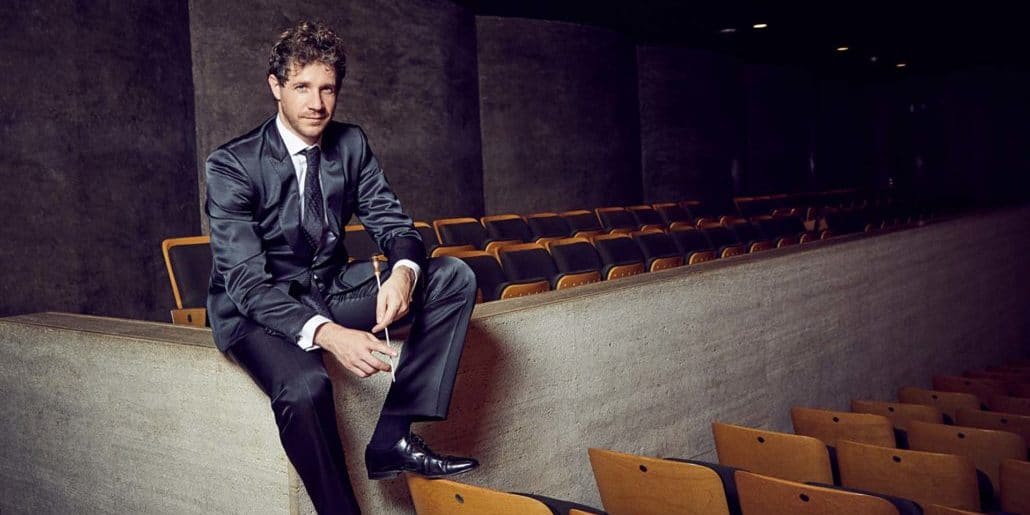
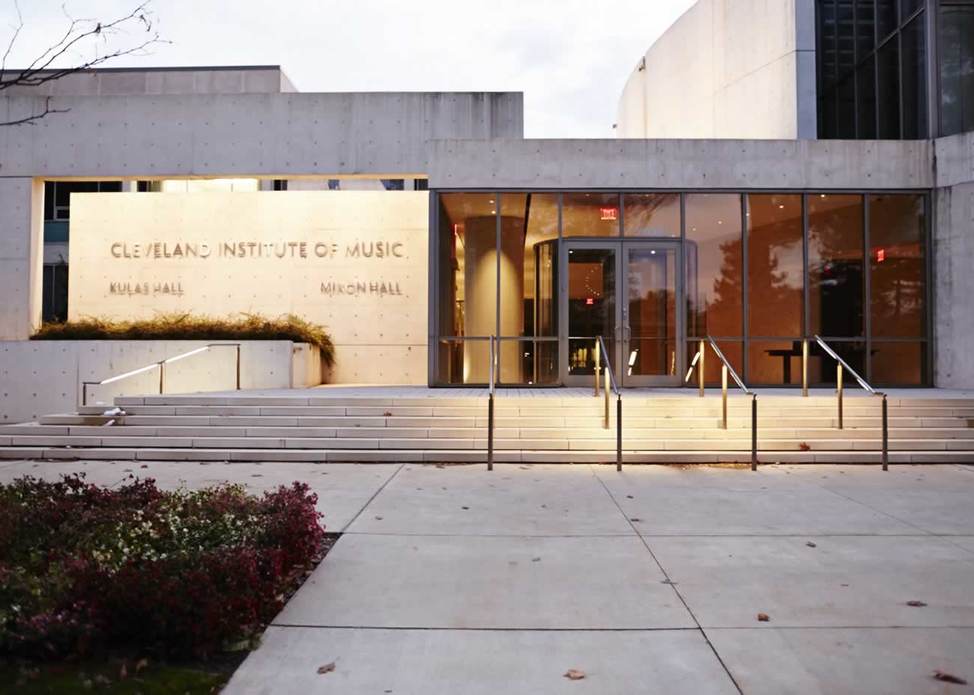
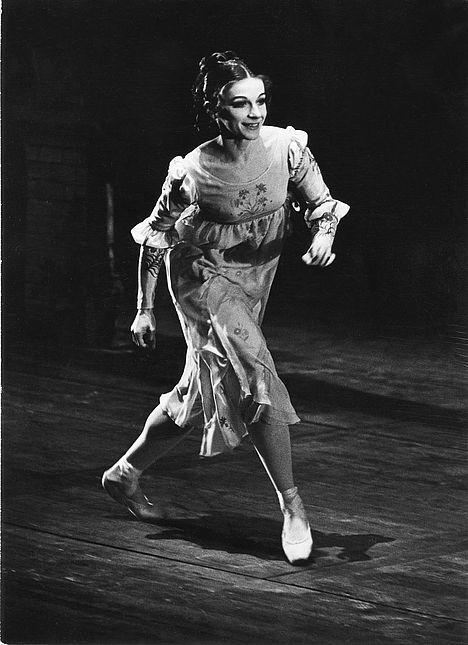
The BPO/Karajan recording of Sibelius’ 4th hasn’t been beaten yet.
Not for everyone. Harris Goldsmith in High Fidelity assessed it thusly: “Karajan’s account is darkly burnished, mushy, and soft-centered. His curvaceous, yielding emphasis on sonority makes his Fourth sound like excellent Brahms.” But Sibelius himself was enthusiastic about Karajan’s Philharmonia recording.
Personally I think Beecham’s LPO classic is hard to beat and his 1955 RFH live version is also pretty terrific.
David Pickett has an absorbing account online of the making of the LPO recording,and Sibelius’s initial misgivings of the the first attempt; and the composer’s later fascinating correspondance with Walter Legge
http://www.fugato.com/pickett/SibForum2_10_pickett.pdf
Many thanks to Christopher Gunning.
Gratitude — and envy.
I absolutely love Paavo Berglund’s Sibelius, but particularly his third set, with the Chamber Orchestra of Europe. For me it is yet unequalled, for precisely the qualities described by Mr. Gunning.
Osmo Vänskä probably comes closest (at least with Lahti).
As to Karajan’s Sibelius, if the gravy must be served, I’ll take Leif Segerstam’s; I’m not one for the sauce, but Segerstam’s is rich, warm, “hénaurme” in the Flaubertian sense.
It’s interesting that various conductors can interpret Sibelius in sometimes radically different ways, and yet still preserve the integrity of the works. I can find much to enjoy in all three of Bergland’s recordings, and Vänskä’s are also fine. I personally don’t care for Barbirolli in this music, or Rattle or Davis. For me, Ashkenazy’s 7th is terrific if you like the big orchestra approach. Oramo was tremendous in Turku!
Beecham’s 7th remains my watchword. And Karajan was no mug at Sib2. I’m with you on C Davis, tho: never liked the shape of it.
Norman, do you hold that view of C Davis’s Boston cycle? But I do agree with you to some extent on his later cycles from London.
As a small boy, I think in about 1955, my mother took me to the RAH to hear Beecham do no 7. I could hardly make head or tail of it then, but vividly remember the trombone solos. Beecham’s 7th is on YouTube and makes an interesting comparison with some of the more recent versions. Bergland went through the scores making all sorts of “corrections,” mostly in terms of dynamic markings I think, because he felt a lot of details got lost in a general “mush.” He said some of Sibelius’s scores were a bit of a mess, and I understand Bergland’s revisions mostly had Sibelius’s blessing.
Wasn’t Berglund instrumental, or at least a driving force, in pushing forward the critical edition of Sibelius?
I seem to recall an account by Timo Virtanen to that effect, in the Kansalliskirjaston Bulletin some years ago, but I’m unable to retrieve the paper.
I tried to discuss this once with Berglund, but he was in taciturn mood and not terribly coherent.
That sounds rather like a euphemism to me… such a shame that PB was ‘not very coherent’ rather a lot by the end. His editions of the scores are brilliant though – and so practical. I managed to have a look at some CBSO parts that Berglund edited once, and every single suggestion (you know – altered dynamics, “half the strings only here”, that sort of thing) was entirely designed to clarify the musical thought. I wish he’d been able to write a full-length commentary on Sibelius’s symphonies.
Karajan’s 7th was life-changing for me.
Please, all, give a listen to the first movement of the Karajan recording of the Fifth, the stereo one with the Philharmonia.
It is the single greatest performance of Sibelius that I have ever heard, and I’ve heard a great many over the years.
I’ve always liked the clarity of the Berglund/COE set (especially in 6 and 7. 6, in particular, really benefits from the extra transparency because some of the woodwind lines are all but impossible to bring out with a large string section). I’ve never really gone a bundle o Rattle’s way with Sibelius; for a composer who everyone knows was all about organic growth, Rattle’s interventionist method really jars (and his recent BPO series in London was bloody awful, magnificent playing notwithstanding). That said, his early recording of the 5th with the Philharmonia is fantastic, in fact I think possibly the best one.
The Karajan 4th is a funny one. I think whether you respond to it depends on your concept of Sibelian sound; personally I think the sheer beauty of the string sound depersonalises it and, in that piece, that adds to the sheer weirdness and glacial remoteness of the music in a way that heightens its effect. I know other people find it just too gorgeous for its own good, though.
Tom, your words “the sheer weirdness and glacial remoteness of the music” resonated with me for a long time, but I took a while to realise what they actually resonated with:
“that spare, bleak, motivically stingy counterpoint that nobody south of the Baltic ever seems to write.”
Spare, bleak counterpoint: who else but Glenn Gould would describe Sibelius in such terms. And then the penny dropped with a vengeance: For his Idea of North radio feature, Gould used the entire final movement of the Sibelius Fifth (Karajan/Berliner, 1965) as a background tapestry and conceptual counterpoint to the spoken word (starts 49:50).
Strictly speaking the 8th Symphony did appear, but not for long. Sibelius put it on a fire …he had skewed judgement caused by alcoholism.